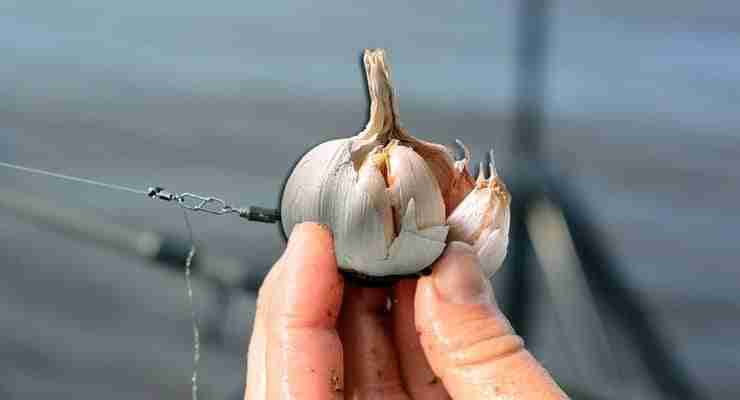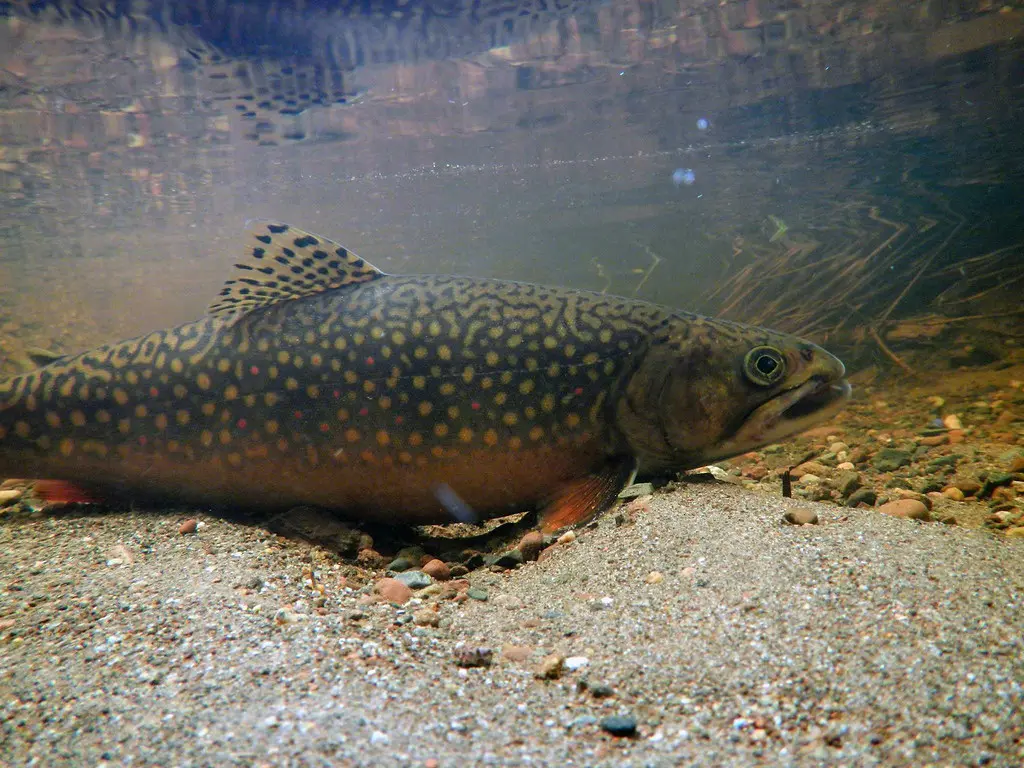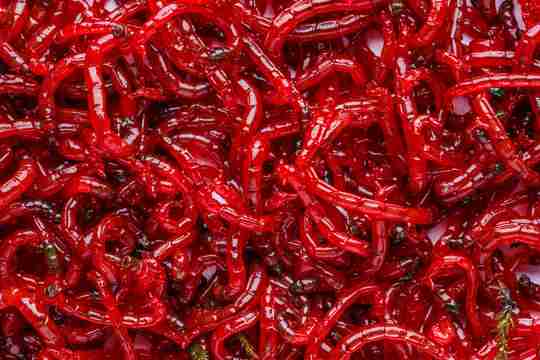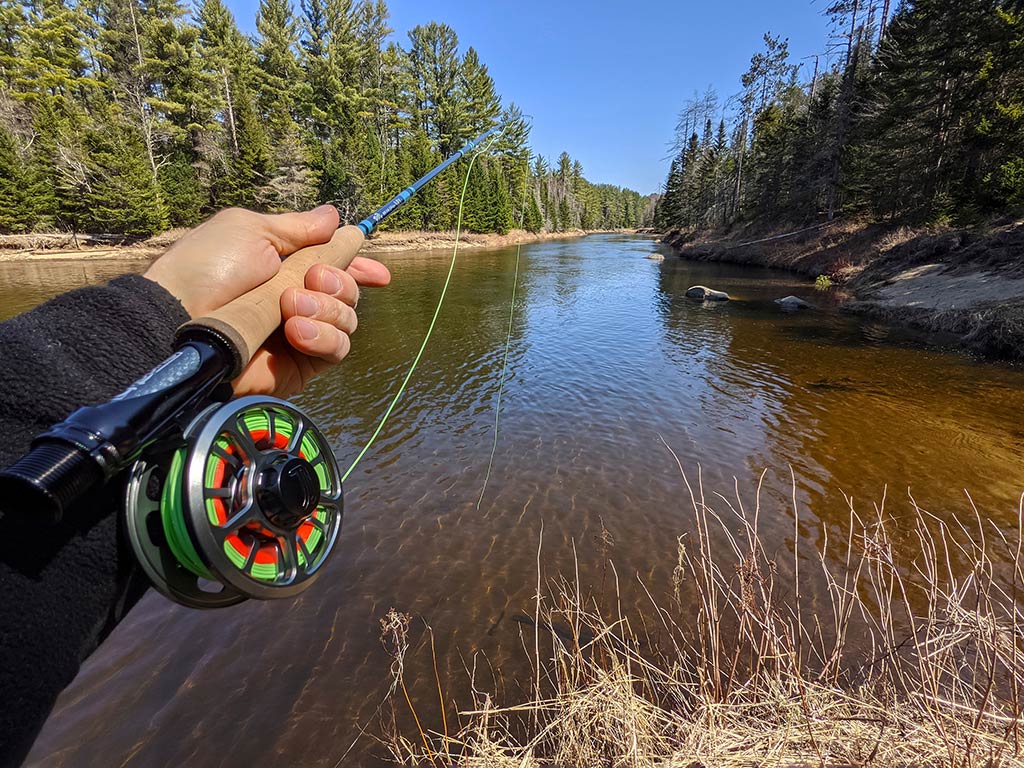
Long fly casting. Increasing the distance in the main casting types

13 min read
The sixty-foot cast that just wouldn’t reach. The trophy trout cruising just beyond your range. The bonefish tailing frustratingly out of reach. We’ve all been there—watching opportunity swim just beyond our casting abilities.
What separates average casters from distance masters isn’t just raw power—it’s technique, timing, and an understanding of the physics at play. Let’s break down how to add meaningful distance to each major casting style without sacrificing accuracy or tiring yourself out in the process.
The Universal Principles of Distance Casting
Before diving into specific casting types, let’s establish some fundamentals that apply across all distance casting:
The Power V: Distance comes from properly forming what instructors call the “power V”—the angle between your rod and line during the casting stroke. Too wide or too narrow, and you lose distance. The ideal angle varies by casting style but typically ranges from 60-90 degrees at the beginning of your power stroke.
Timing Over Muscle: Explosive distance comes from timing, not strength. The common mistake of “muscling” casts actually reduces distance by disrupting the rod’s loading. A smooth acceleration to an abrupt stop loads the rod more effectively than raw power.
The 80/20 Rule: In nearly all distance casting, approximately 80% of your power should be applied in the final 20% of your casting stroke. This progressive acceleration loads the rod deeply just before the stop.
Line Management: Clean line delivery requires immaculate line management. Tangles, caught loops, and line sticking to wet surfaces can rob even perfect casts of distance.
During a casting workshop with legendary distance caster Lefty Kreh, I watched him consistently outcast much younger, stronger anglers while barely seeming to exert himself. When I asked his secret, he grinned and said, “I’m not fighting the rod—I’m letting it do the work.” That simple philosophy transformed my casting approach.
The Overhead Cast: Breaking the 70-Foot Barrier

The standard overhead cast is fly fishing’s bread and butter, and likely your most-used technique. Adding meaningful distance requires focusing on these key elements:
Extend Your Casting Arc
Many casters restrict their casting arc to the 10-to-1 o’clock position. For maximum distance, extend this to 11-to-1 or even further. This longer stroke allows for more gradual loading and greater line speed.
A helpful drill: Practice “clock face casting” where you consciously start your backcast lower (11 o’clock) and finish your forward cast higher (1 o’clock) than usual. This expanded arc often adds 10-15 feet instantly.
The Drift & Load
Between your backcast and forward cast, incorporate a slight “drift” of the rod tip backward while the line is still unrolling behind you. This creates additional load without requiring more physical effort.
Try this: After your backcast reaches its apex, allow your rod hand to drift back 4-6 inches before beginning your forward cast. This slight movement creates additional load that translates to greater distance.
The Power Snap
The abruptness of your casting stop directly impacts distance. For maximum reach, your casting stroke should accelerate smoothly until a crisp, definitive stop.
I struggled with this concept until an instructor had me cast while holding a small bell in my casting hand. The goal was to make the bell ring at the end of each stroke. This auditory feedback immediately improved my stopping power and added several feet to my cast.
Haul Timing for Overhead Distance
The double haul is essential for distance, but timing matters more than strength. For the overhead cast:
- Begin your haul as your casting stroke starts
- Accelerate the haul with your casting stroke
- Complete the haul exactly when you stop the rod
One visualization that helped me master haul timing: Imagine your casting hand and hauling hand connected by a short rope that pulls tight at the end of the stroke. This mental image helps coordinate the two movements.
The Roll Cast: Pushing Beyond Traditional Limits
The roll cast is typically considered a short-range tool, but when mastered, it can deliver surprising distance—sometimes reaching 50-60 feet. Here’s how to maximize roll cast distance:
The D-Loop Formation
The size and shape of your D-loop dramatically affects distance. For maximum reach:
- Form a high, wide D-loop rather than a narrow one
- Allow more line to be included in the D-loop
- Ensure your anchor point is compact (about 1-2 feet of line touching the water)
My roll casting distance improved dramatically when an instructor showed me I was forming too small a D-loop. By widening it and allowing my rod tip to travel further back, I immediately gained 15 feet of distance.
The Waterborne Anchor Position
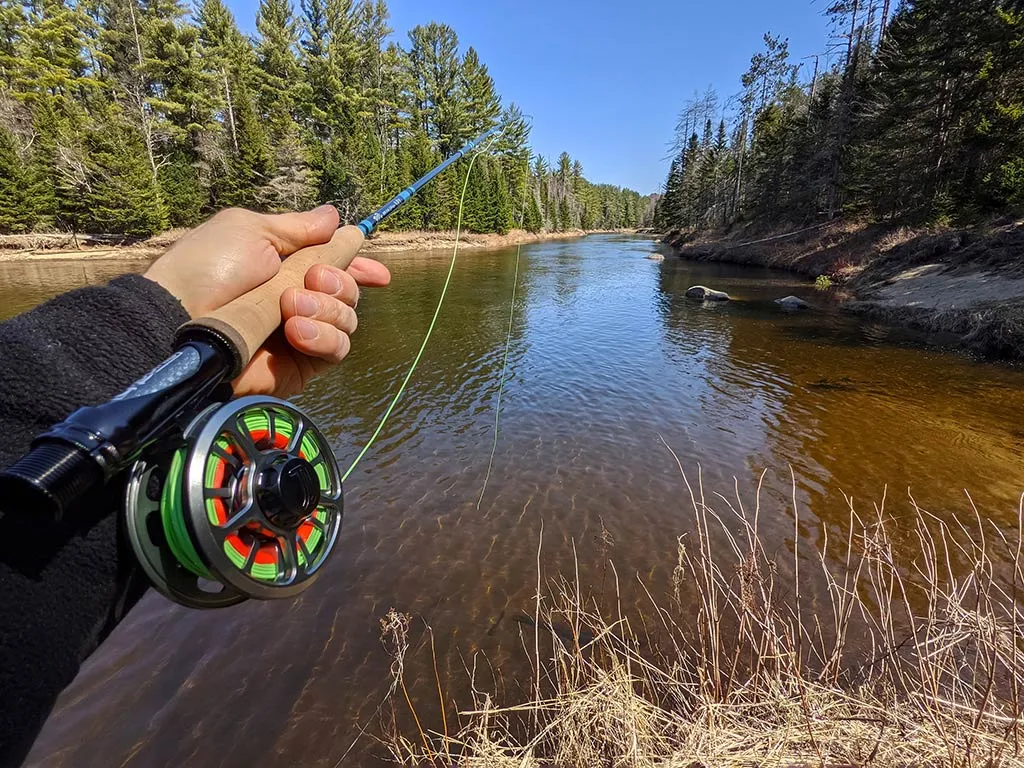
Where your line touches the water matters enormously. For distance roll casting:
- Position your anchor point slightly closer to you than for normal roll casts
- Keep the anchor directly in line with your target
- Ensure only the leader and a small portion of fly line contact the water
Common mistake: Many anglers allow too much line to contact the water, creating excessive tension that prevents proper loading of the rod.
The Forward Power Application
Unlike the overhead cast’s power application (primarily in the top half of the stroke), roll cast power should be applied as a smooth acceleration throughout the entire forward stroke.
Try this drill: Practice roll casting with your eyes closed, focusing solely on the smooth acceleration of your forward stroke. Many casters find this removes the tendency to rush the initial movement.
The Spey Cast: Massive Distance with Two-Handed Techniques
Whether using a dedicated Spey rod or adapting the technique to a single-handed rod (Skagit casting), Spey techniques offer tremendous distance potential. Here’s how to maximize it:
The Sweep Phase
Distance in Spey casting begins with a proper sweep that positions the line for the forward cast:
- Use a wide, horizontal sweep path rather than lifting the line
- Maintain tension throughout the sweep movement
- Allow the rod to load gradually through the sweep
During my first Spey casting lesson, my instructor had me chant “sweep, sweep, sweep” as I performed this motion. The verbal reminder helped me resist the urge to rush this critical phase.
The Key Change of Direction
The transition between sweep and forward cast—the “key”—is where most distance is gained or lost:
- Form a proper V-loop rather than a D-loop
- Pause slightly at the key position to allow the line to align
- Ensure your anchor placement is light and precisely positioned
A great visualization: Imagine drawing a “J” with your rod tip during the sweep and key formation. This helps create the proper shape and timing for maximum distance.
The Forward Stroke Timing
The forward stroke in Spey casting should blend power with finesse:
- Begin with the rod tip low
- Accelerate smoothly through the stroke
- Apply maximum power in the middle section
- Finish with a crisp, high stop
One of the most effective drills I’ve found: Practice “touch-and-go” Spey casts where you minimize the pause between cycles. This teaches proper rhythm and prevents overthinking each component.
The Belgian (Oval) Cast: Distance with Headwind Advantages
The Belgian or oval cast moves the rod tip in an elliptical path rather than a straight line, making it excellent for maintaining line speed against headwinds while achieving distance.
The Oval Path Formation
For maximum distance with the Belgian cast:
- Make your oval path wider rather than taller
- Keep the vertical component relatively compact
- Ensure your rod tip travels the longest path on the side facing your target
A simple drill: Track your rod tip with a bright ribbon tied to the end while practicing oval casts. This visual feedback helps you see and perfect the ideal elliptical path.
The Continuous Motion Advantage
Unlike standard overhead casting, the Belgian cast maintains continuous motion:
- Never stop your rod completely between back and forward casts
- Maintain consistent line tension throughout the casting cycle
- Blend the backstroke seamlessly into the forward stroke
This continuous motion allows line speed to build progressively, often resulting in greater distance with less effort.
The Line Shoot Timing
Shooting line effectively with the Belgian cast requires precise timing:
- Release line as your forward cast begins to straighten
- Control the release with your line hand rather than simply letting go
- Feed line smoothly rather than in a sudden burst
I struggled with timing my line release until an instructor suggested I verbalize “Now!” exactly when I should release. This simple cue dramatically improved my distance.
The Single-Haul: Forgotten Distance Technique
While the double haul gets all the attention, the single haul remains valuable for certain distance situations, particularly when wading in deeper water or when a quick cast is needed.
The Strategic Pull Timing
With the single haul:
- Apply your haul only during the forward cast
- Begin the haul earlier in the stroke than with a double haul
- Make the haul longer and more pronounced
Many anglers dismiss the single haul, but I’ve found it adds 10-15 feet with minimal practice. It’s also easier to master than the coordination-intensive double haul.
The Recovery Position
After completing a single haul:
- Return your line hand to a slightly higher position than in double hauling
- Position your line hand further forward, ready for shooting line
- Maintain tension on the line throughout the recovery
This modified recovery position allows for quicker shooting of line, often resulting in greater overall distance.
Equipment Considerations for Distance Casting
While technique trumps gear, certain equipment choices can meaningfully impact casting distance:
Line Selection for Distance
Line choice dramatically affects distance potential:
- Weight-forward lines with long heads (40+ feet) typically cast farther than short-headed lines
- Purpose-built distance lines feature specialized tapers for maximum loading
- In windy conditions, slightly heavier line weights provide better load and control
My personal experiment: I tested identical casts with three different line designs and found up to 20 feet of difference between them. The specialized distance taper consistently outperformed general-purpose lines.
Leader Configuration
Leaders significantly impact energy transfer and distance:
- Shorter leaders (7.5-9 feet) typically carry energy more efficiently for distance
- Stiffer butt sections improve energy transfer from line to leader
- Proper leader straightening techniques prevent energy loss
A simple change from a 12-foot tapered leader to a 9-foot power taper added nearly 10 feet to my cast without any technique adjustments.
Rod Selection Factors
While most fly rods can cast far with proper technique, certain rod characteristics favor distance:
- Faster action rods generally cast farther with less effort
- Slightly longer rods (9-10 feet) provide mechanical advantage
- Rods designed with “reserve power” in the lower section excel for distance
Remember that the ideal distance rod might not be ideal for presentation or all-day comfort. Match your rod to your primary fishing needs.
Common Distance Casting Errors (And How to Fix Them)
Let’s address the most common mistakes that limit casting distance:
Tailing Loops
Tailing loops (where the line crosses itself in flight) devastate distance:
- Cause: Applying power too abruptly, often called “shock loading”
- Fix: Smooth acceleration throughout the stroke rather than punching the cast
During a casting clinic, I struggled with persistent tailing loops until an instructor had me cast while holding a raw egg between my casting fingers and palm. This prevented me from applying sudden power and fixed my tailing loop issue immediately.
Creep
Creep occurs when you begin your forward cast by moving the rod forward before the backcast has fully extended:
- Cause: Impatience during the casting cycle
- Fix: Watch your backcast reach its apex before beginning your forward stroke
A simple fix: Say “back, pause, forward” during your casting cycle to ensure proper timing.
Collision Casts
When your forward cast collides with your unrolling backcast:
- Cause: Insufficient pause between back and forward casts
- Fix: Extend your pause slightly while watching your backcast unfold
Visual feedback helps immensely here. Practice with a bright colored line and actually watch your backcast unfold completely before starting your forward cast.
Improper Drift
Many casters attempt drift movements incorrectly:
- Cause: Moving the rod without maintaining tension on the line
- Fix: Keep slight tension during any drift movement
Think of drift as “extending the load” rather than relaxing between casts.
Mental Approach to Distance Casting
The psychological component of distance casting cannot be overlooked:
The 80% Rule
Casting at 80% of your maximum effort often produces better results than casting at 100%:
- Smoother acceleration and better timing at 80%
- Reduced physical tension improves rod loading
- Better sustainability for all-day fishing
I’ve found that when I consciously dial back my effort to about 80%, my average casting distance actually increases by several feet.
Progressive Practice
Distance improves incrementally, not in huge leaps:
- Practice with specific distance goals (e.g., “today I’ll work on 60-foot casts”)
- Incorporate distance drills into regular practice sessions
- Measure progress objectively rather than by feel
Using measured practice sessions revealed that my perception of distance was off by as much as 15 feet. Actual measurement led to more focused improvement.
The Distance/Accuracy Balance
Distance without accuracy is rarely useful in fishing situations:
- Practice hitting targets at increasing distances
- Work on distance control (casting to specific ranges) not just maximum distance
- Develop distance casting with fishing-realistic loads (weighted flies, sink tips, etc.)
One of my favorite practice drills involves placing hula hoops at 40, 50, 60, and 70 feet, then attempting to land the fly in each one consecutively.
Real-World Distance Applications
Let’s talk about how these distance techniques apply to actual fishing scenarios:
Flats Fishing Distance
When pursuing permit, bonefish, or redfish:
- Position for quartering downwind casts when possible
- Use oval casting techniques for crosswind presentations
- Focus on quick loading and delivery over absolute maximum distance
During my last flats trip, I found that a dependable 70-foot cast in varying winds was far more valuable than an occasional 90-foot cast that only worked in perfect conditions.
Steelhead and Salmon Distance
For anadromous species in larger rivers:
- Develop distance with sink tips and weighted flies
- Focus on Spey and switch casting techniques for efficiency
- Practice mending at distance to maintain drift control
A guide on British Columbia’s Dean River taught me that reaching the far seam consistently with control was more productive than occasionally reaching the far bank with poor presentation.
Stillwater Distance Application
For lakes and ponds:
- Practice distance casting from seated positions (boat or float tube)
- Develop techniques for quick distance adjustment between casts
- Master the “water load” cast for quick re-delivery at distance
During stillwater sessions, I’ve found that the ability to accurately judge and adjust distance between casts is often more valuable than maximum casting range.
Progressive Distance Training Program
If you’re serious about developing distance, consider this structured approach:
Week 1-2: Form Foundation
- Focus exclusively on casting stroke mechanics
- Practice with short line (30-40 feet)
- Video record your casting for analysis
Week 3-4: Haul Integration
- Add hauling techniques progressively
- Begin distance-specific drills
- Practice in varied wind conditions
Week 5-6: Distance Expansion
- Set specific distance targets
- Add shooting techniques
- Incorporate fishing-realistic scenarios
Week 7-8: Practical Application
- Combine distance with presentation elements
- Practice quick distance adjustment
- Add realistic fishing elements (strike indicators, multiple flies, etc.)
I followed a similar program before a New Zealand trip requiring longer casts to spooky trout. The structured approach added 25 feet to my dependable casting range in just two months.
The Final Cast: Distance in Perspective
While long casting certainly has its place in fly fishing, remember that most fish are caught well within 50 feet. Developing distance casting should complement, not replace, your focus on presentation, stealth, and reading the water.
As noted casting instructor Joan Wulff wisely said, “The best cast is the one that catches the fish.” Sometimes that’s a delicate 20-foot presentation, and sometimes it’s a heroic 80-foot bomb cast. Mastering both ends of the spectrum makes you a complete angler.
The most satisfying moment in my casting journey came not from a personal distance record, but from a guided trip in Patagonia. As a massive brown trout cruised into range, my guide whispered, “That’s probably too far.” Without hesitation, I delivered a cast that dropped the fly perfectly in the fish’s path 70 feet away. The take was immediate, and as we released that beautiful 24-inch brown, my guide said simply, “That cast made the whole day.”
That’s the real value of distance casting—not the feet and inches, but the opportunities it creates. Master these techniques, practice with purpose, and you’ll find yourself connecting with fish that once seemed frustratingly out of reach.
